At the NSW Farmers Alternative Protein Forum held in Sydney this March, representatives from relevant…
Koala policy (SEPP) can be tough on farmers
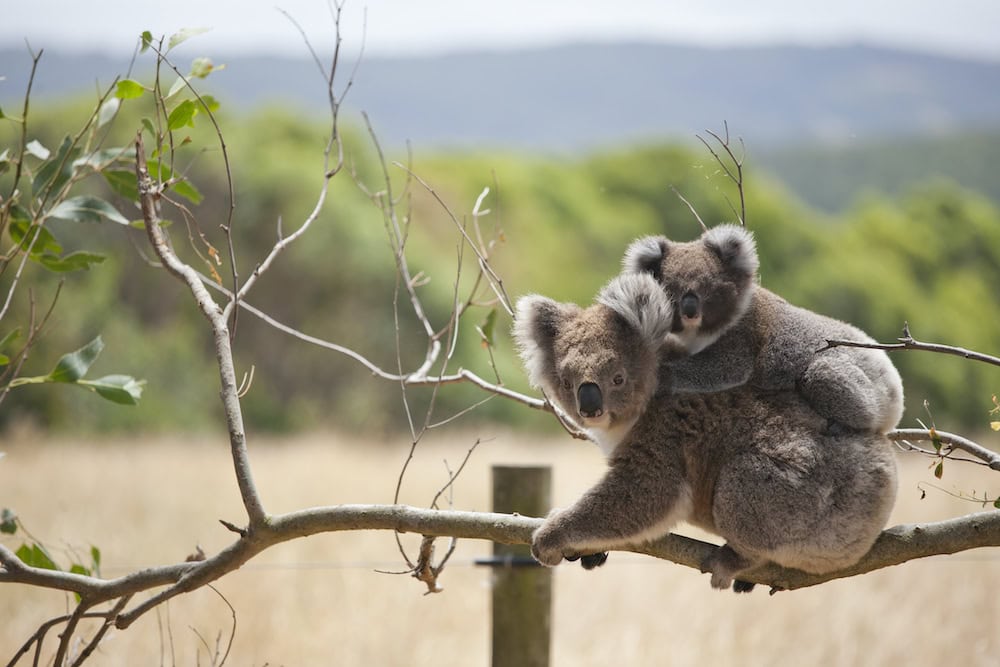
Andrew Mullins� family has been farming near Narrabri for five generations. To his knowledge there�s never been a single sighting of koalas on the family property. Andrew was shocked when he discovered potential koala habitat had been mapped over his cultivation paddocks, fruit trees, sheds and his home following the introduction of a new state environmental planning policy which is basically a new koala policy called SEPP.
�I initially thought that I no koalas on my place, but I thought I�d check the maps out of interest anyway. I was devastated with what I found,� Andrew said.
�The problem I have discovered is that the Koala SEPP identifies a whole lot of vegetated land on the pink �Development Application� map. If your land is on this map and you need development consent for a new shed or something, you will need to either do an expensive year-long survey on your land to prove that there are no koalas, or else council will just assume that there are koalas there and impose development consent conditions.�
�If your land is on the blue �Site Investigation Map�, Council may make a Koala Plan of Management that declares that the land is �Core Koala Habitat�, even if there are no koalas on the land. All the land under a Koala Plan of Management will automatically also be on the Native Vegetation Regulatory map as Cat 2- Sensitive land. I would not be able to spray fallow, clear regrowth, or cultivate.�
The purpose of the new koala policy to manage the impacts of peri-urban development on koala habitat through council�s Koala Plans of Management (KPOMs). However, because land identified as koala habitat in a KPOM is also excluded from the application of the Land Management (Native Vegetation) Code, the new Koala SEPP could have far reaching consequences for farming in NSW.
The new koala policy has similar implications for Private Native Forestry (PNF), due to the interaction between koala habitat identified in a KPOM and the application of the PNF Code of Practice.
�The operation of the Koala SEPP will place significant further unreasonable limits on farming practices, while delivering limited benefits for koala conservation,� says chair of the NSW Farmers Conservation and Resource Management committee Bronwyn Petrie.
�Most alarming is the potential of the new koala policy to make redundant the hard fought land management reforms achieved in 2016. Our current allowable activities will be greatly restricted.�
�For example, if clearing for roads and fences are restricted to 6 metres, this could have devastating consequences for bushfire management and control, further threatening koala populations.�
�The interactions between the Koala SEPP and other regulations that apply to farming land are complex and are not explicit in the SEPP. However, working together they are likely to mean that vast areas vegetated land in NSW could ultimately be moved into E Zones and many routine farming activities will require development consent.�
�Similarly, land management activities that are currently regulated under the Land Management Code will now be subject to approval by the Native Vegetation Regulatory Panel.�
Bronwyn says the previous SEPP (SEPP 44) sought to protect populations of koalas in the urban and peri-urban coastal strip from the spread of urban development.
�The new koala policy seeks to protect and recruit areas of potential koala habitat where koalas may not ever have been recorded.�
�It does this by widening the definition of core koala habitat to make it easier for areas to be identified as core koala habitat. It removes the need for koalas or koala feed trees to be actually present and has replaced the previous 10 feed tree requirement with 123 �use� trees.�
Bronwyn says the Koala SEPP is supported by predictive maps that are not field verified and with no mechanism for a landowner to contest them.
�These maps are inaccurate and include some plantations, non-native species, individual paddock trees, open paddocks, avocado farms, macadamia plantations, irrigation channels and dams and desert areas in the Western Division.�
The SEPP commenced on 1 March 2020, however guidelines for the new koala policy have still not been agreed upon.
Bronwyn says that farmers are concerned that the Minister for Planning will require all core koala habitat to be rezoned into an �Environmental Protection� zone, as was required under the previous SEPP 44..
�So let�s say a Council has developed a KPOM based on the Site Identification Area for Koala Plans of Management Map and identifies an area of core koala habitat on the farmer�s land. If the Ministerial Direction is issued � as foreshadowed by the Department�s FAQs � the Council will be required to rezone the land from RU1 Primary Production to E2 Environmental Conservation. Routine farm management activities permitted under the Land Management Code would then require development consent from Council.�
�We support the protection of koala populations, but this is not the right way. We have had meetings with the Ministers for the Environment, Planning, and Agriculture about what a fit for purpose scheme for helping koalas in the farming landscape could look like.�
It is notable that the new koala policy does not apply to public lands. In the light of the wholesale habitat loss on public lands due to the recent bushfires our members do not think it unreasonable to demand that government first meet its own obligations to effectively manage the risks to biodiversity caused by bushfire, pest animals and weeds, before they ask more of famers
NSW Farmers has met with all relevant State Government Ministers to highlight the concerns of the farming community and many NSW Farmers branches have written to their local Members advocating for changes to the SEPP.
What NSW Farmers is calling for:
- All land zoned RU1 and RU2 to be excluded from the Koala SEPP
- Development of a fit for purpose approach to managing impacts on koalas in the farming landscape under the Land Management Code
- A process for landholders to review, ground-truth and appeal the koala maps
- An agreed upon verification process for sightings
- No buffers imposed on adjoining land
- A halt on the commencement of the new SEPP until landholders are provided with the opportunity to review and ground-truth the mapping and the Guidelines, which will provide the detailed regulations to be included in the KPOMs, are subject to a period of public exhibition.


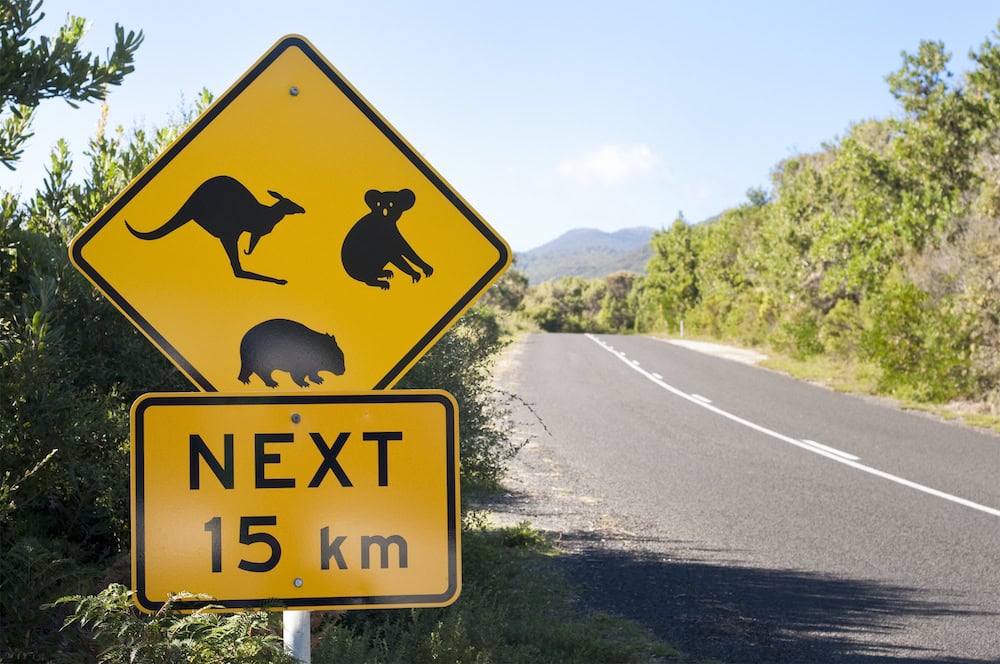

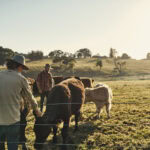
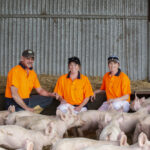



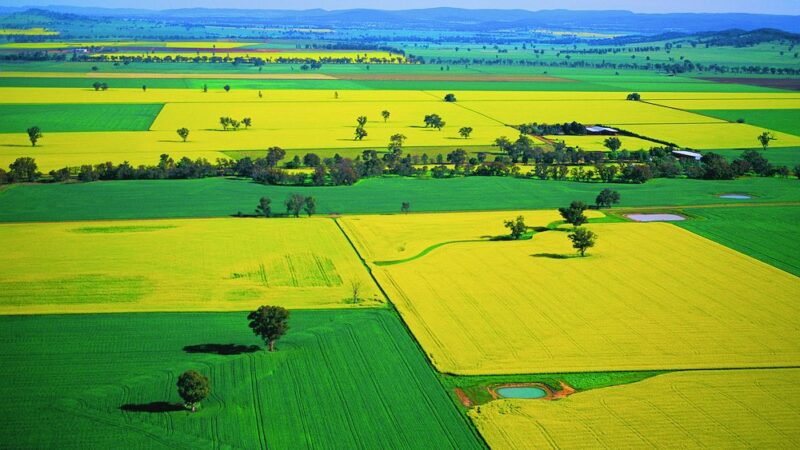
My concern on the Koala debate is the current TV ad by WWF ( The Evil Pander) about adopting a Koala which features footage from 2019 fires & claims that 100,000 trees are cleared every day. These outrageous claims need to be called out & just highlights what these radical green groups continue to brainwash the urban public with.